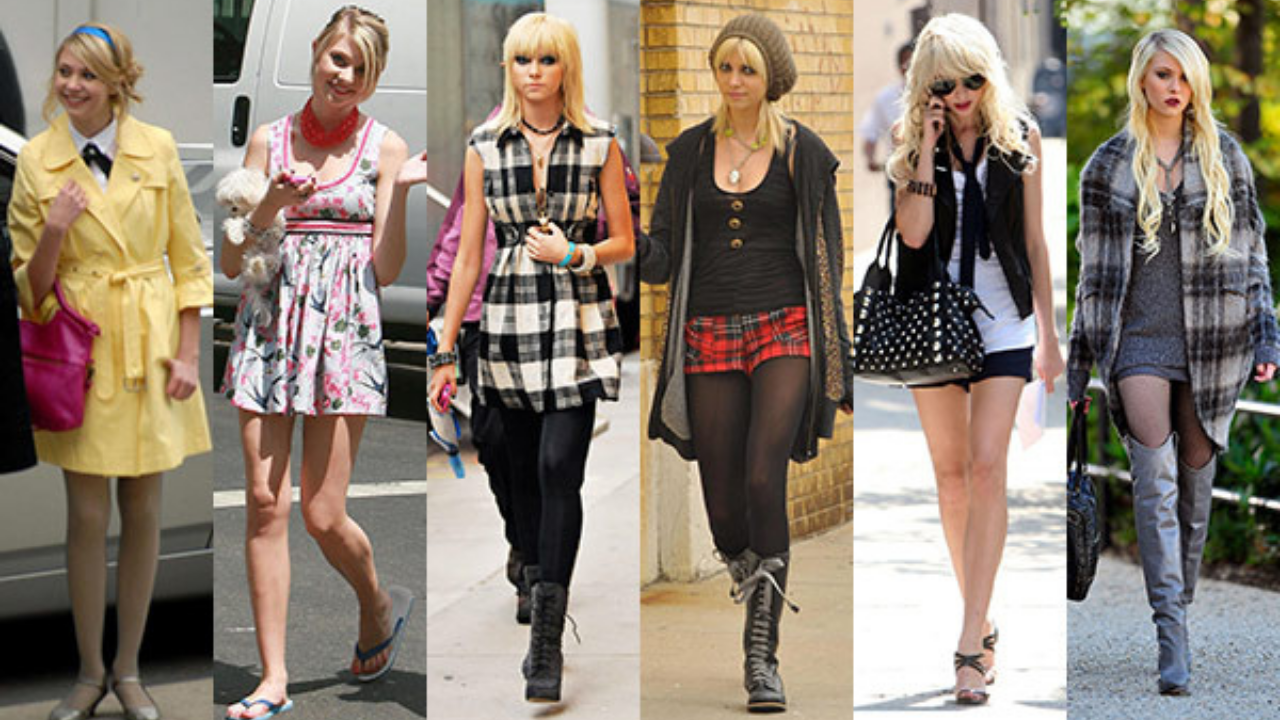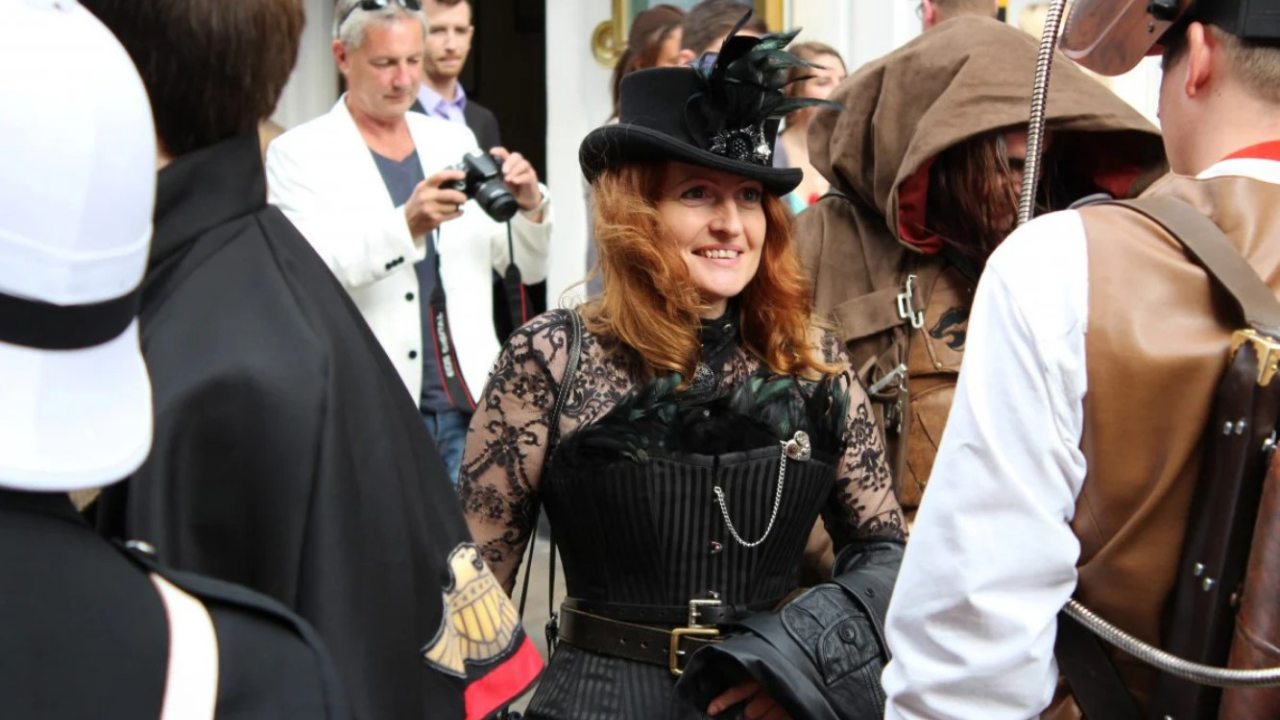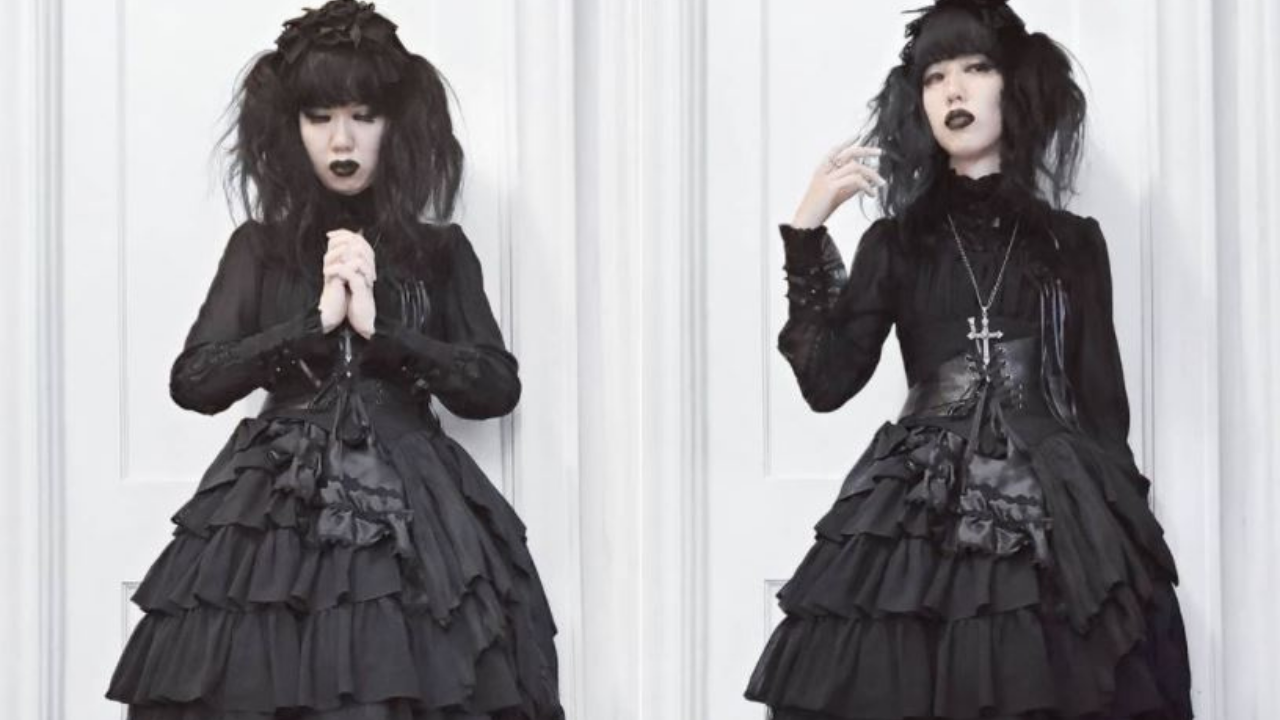Fashion has always been full of rules. Don’t mix patterns. Don’t wear white after Labor Day. Never pair navy with black. Yet, the most memorable moments in style often come from someone bold enough to ignore those rules. What’s fascinating is not just the rebellion, but the way these “rule breaks” eventually become new norms. Fashion thrives on contradiction: it sets boundaries, only to celebrate the ones who cross them.
Rules as the Backbone of Rebellion
For any rule to be broken, it must first exist. Think of Coco Chanel, who stripped women of corsets and introduced trousers as a practical yet daring alternative. At the time, it wasn’t just clothing, it was cultural disruption. The very idea of women stepping out in pants was scandalous, but today it’s a standard. The act of breaking that rule gave fashion new life.
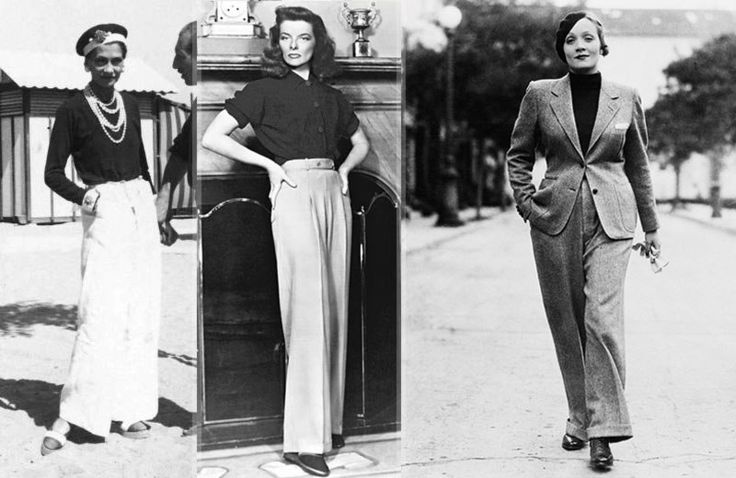
Rules give structure, and fashion constantly tests those boundaries to stay relevant. Without them, there would be no surprise, no drama, no runway moment that makes everyone gasp. It’s the tension between order and rebellion that makes style evolve.
When “Wrong” Becomes Right
Fashion history is full of once-taboo combinations that later became iconic. Consider denim-on-denim, long mocked as the “Canadian tuxedo.” Today, luxury brands send models down the runway in layered indigo looks. Sneakers with suits? Once frowned upon, now a symbol of modern, comfortable power dressing.
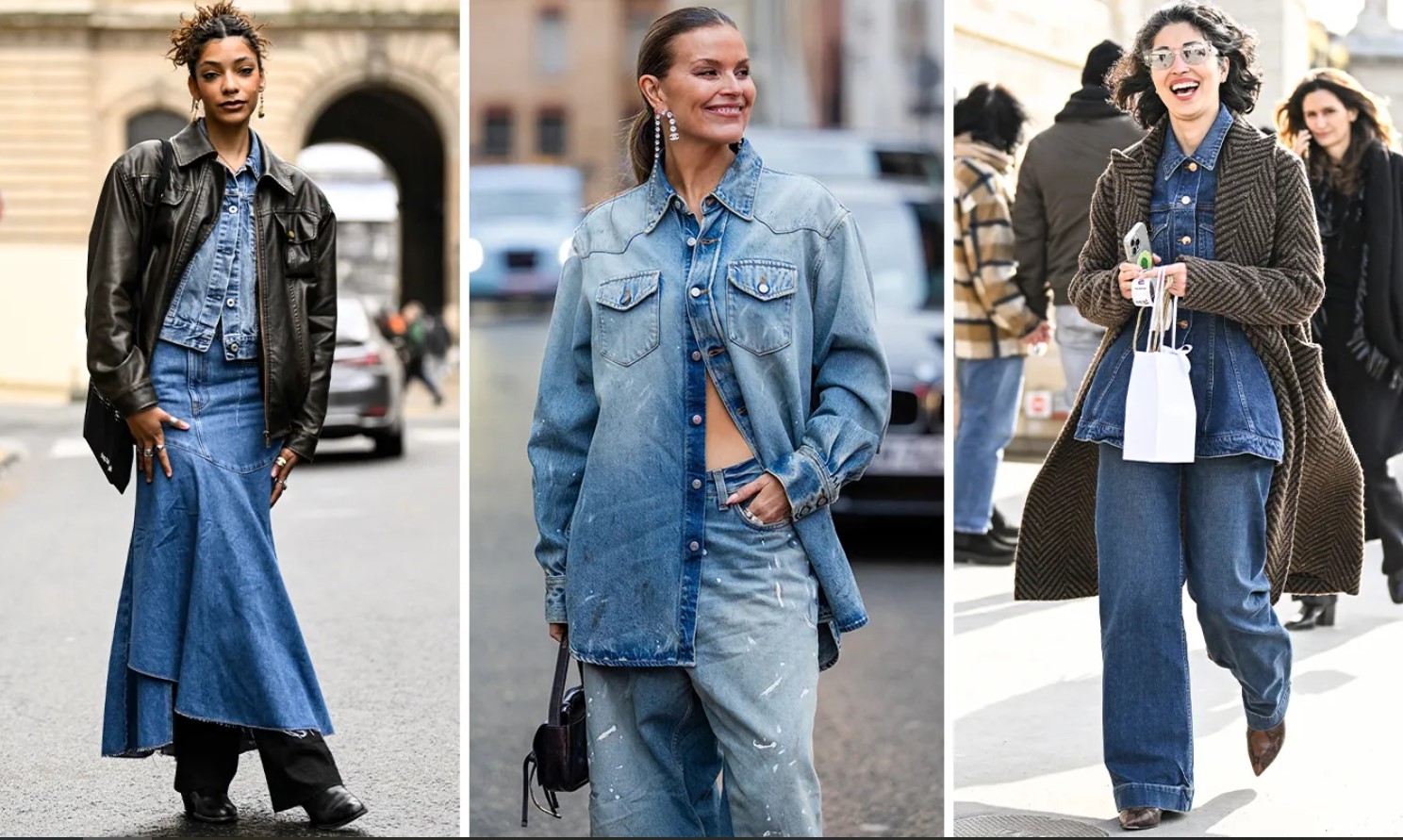
Even colors have played this game. Pink, now coded as feminine, was once considered a masculine hue in the 19th century. Black, once reserved for mourning, is now the ultimate symbol of chic minimalism. Each shift proves that rules aren’t static, they’re temporary checkpoints waiting to be overturned.
Street Style: The Real Revolution
Runways may set the tone, but the streets decide which rules are worth breaking. The rise of streetwear blurred the lines between high fashion and casual wear. Hoodies, sneakers, and oversized silhouettes moved from basketball courts to Paris Fashion Week.
The most interesting part? These weren’t designers dictating change, it was people. Skaters wearing Vans, hip-hop artists redefining luxury, or young crowds mixing thrift-store finds with high-end labels. Breaking rules in everyday settings forces the industry to catch up, not the other way around.
Why Breaking Rules Resonates
Fashion is personal. When someone dares to wear sequins at brunch or pair socks with heels, it signals individuality in a world of sameness. Rule-breaking creates identity. It’s a statement: I am not here to follow, I am here to define.
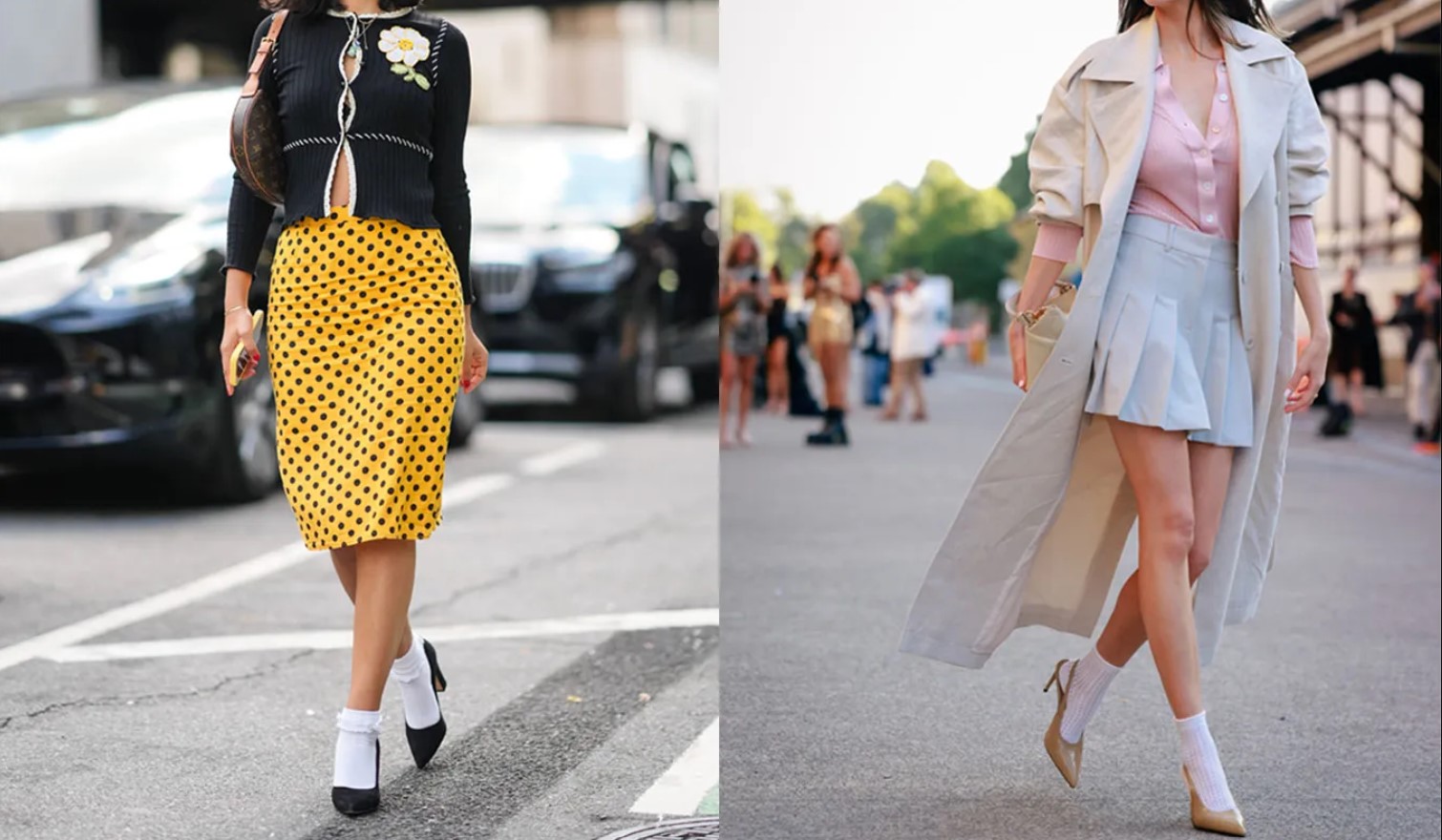
On a deeper level, it mirrors society’s shifts. As cultures push against norms around gender, class, or tradition, fashion reflects that struggle. Think of unisex clothing challenging gender binaries, or sustainable fashion rejecting fast-fashion consumption. The “rules” of dressing aren’t just aesthetic; they’re tied to values and beliefs.
The Cycle of Reinvention
Fashion’s love affair with rule-breaking follows a pattern. A new look shocks, it gains traction, then becomes mainstream, until a fresh rebellion arrives. What was once edgy becomes ordinary. This constant cycle keeps fashion alive and ensures that no “rule” lasts forever.
Consider ripped jeans: first scandalous, then rebellious, then mainstream, and now being reimagined again with patchwork and embroidery. The act of breaking rules fuels fashion’s engine, it is how the industry renews itself every decade.
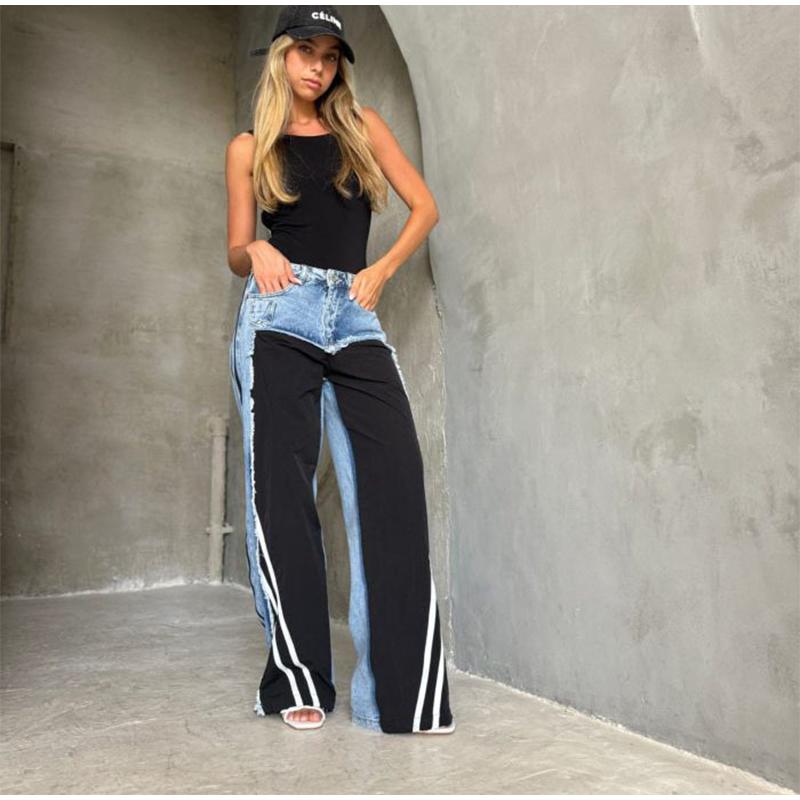
Final Thought
Fashion isn’t chaos without reason. It needs its rules just as much as it needs its rebels. The rules give people a language of dress; the rebels give them poetry. Together, they create the rhythm of an industry that thrives on change.
So the next time you see someone wearing something “wrong”, a bold print clash, an inside-out shirt, or sandals with socks pause before judging. That little act of defiance might just be tomorrow’s trend.
